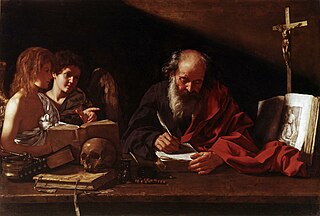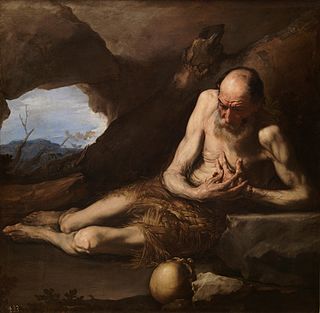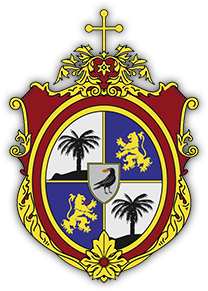Saint Eusebius the Hermit was a fourth-century Syrian monk. [1] [2]
Eusebius undertook a rigorously ascetic lifestyle without shelter near a mountain village named Asicha.
According to Eastern Christian sources:
Though he was elderly and infirm, he ate only fifteen figs during the Great Forty day Fast. When many people began to flock to St. Eusebius, he went to a nearby monastery, built a small enclosure at the monastery walls and lived in it until his death. [3]
Saint Eusebius the Hermit of Syria is commemorated 15 February by the Eastern Orthodox and Byzantine Catholic Churches.

A hermit, or eremite, is a person who lives in seclusion. Hermits are a part of several sections of various religions and this concept has garnered significant attention and importance.
Onuphrius or Onoufrios lived as a hermit in the desert of Upper Egypt in the 4th or 5th centuries. He is venerated as Saint Onuphrius in both the Roman Catholic and Eastern Catholic churches, as Venerable Onuphrius in Eastern Orthodoxy, and as Saint Nofer the Anchorite in Oriental Orthodoxy.

Saint Isaac the Confessor, founder of the Dalmatian Monastery in Constantinople, was a Christian monk who is honored as a saint and confessor. He is sometimes referred to as Isaac the Dalmatian, not because he came from Dalmatia, but because of the monastery which he founded.

Apr. 23 - Eastern Orthodox liturgical calendar - Apr. 25

April 19 - Eastern Orthodox liturgical calendar - April 21

Paul of Thebes, commonly known as Paul, the First Hermit or Paul the Anchorite, is regarded as the first Christian hermit, who was claimed to have lived alone in the desert of Egypt from the age of sixteen to the age of one hundred and thirteen years old. He is not to be confused with Paul the Simple, who was a disciple of Anthony the Great. He is venerated as a saint by the Catholic Church as well as the Orthodox Church.

August 16 - Eastern Orthodox liturgical calendar - August 18

October 3 - Eastern Orthodox liturgical calendar - October 5

January 3 - Eastern Orthodox liturgical calendar - January 5

January 22 - Eastern Orthodox liturgical calendar - January 24

January 23 - Eastern Orthodox liturgical calendar - January 25

January 27 - Eastern Orthodox liturgical calendar - January 29

January 29 - Eastern Orthodox liturgical calendar - January 31

February 13 - Eastern Orthodox liturgical calendar - February 15

February 14 - Eastern Orthodox liturgical calendar - February 16

February 26 - Eastern Orthodox liturgical calendar - February 28

The Order of Saint Paul the First Hermit, known also simply as Pauline Fathers, is a monastic order of the Roman Catholic Church, founded in Hungary during the 13th century. Its post-nominal letters are O.S.P.P.E.

December 1 - Eastern Orthodox liturgical calendar - December 3

Blessed Eusebius of Esztergom was a Hungarian canon, hermit and the founder of the Order of Saint Paul the First Hermit.